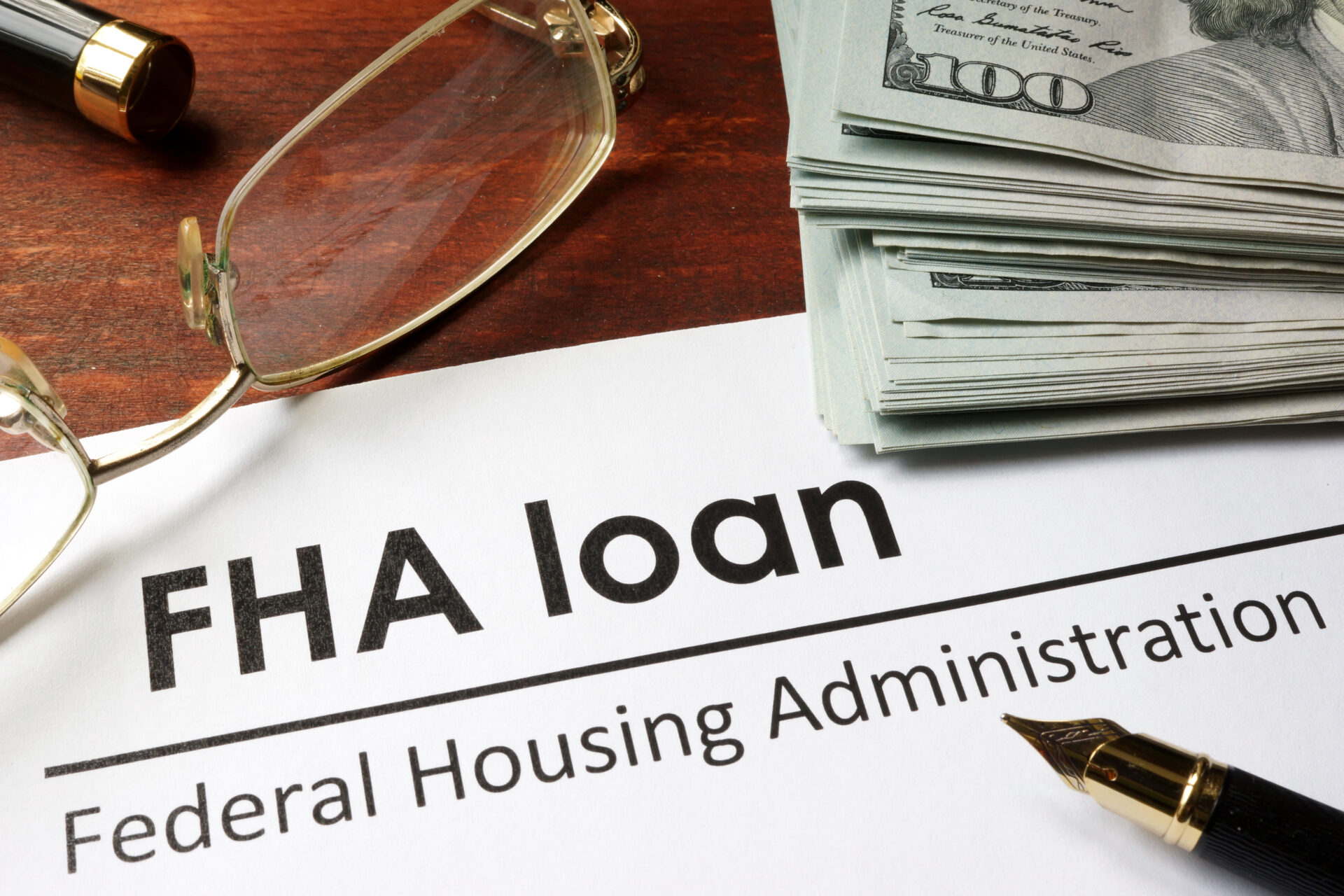The Federal Housing Administration introduced a new offering to help struggling homeowners avoid foreclosure.
The offering, called the Payment Supplement, is a loss mitigation home retention option available to borrowers with FHA-insured single-family mortgages.
Payment Supplement gives mortgage servicers a tool to reduce the borrower’s monthly payment by up to 25% without modifying the rate by using funds from a Partial Claim, enabling the borrower to access up to 30% of the outstanding balance of their mortgage.
The claim amount is placed in a junior lien and paid back when the homeowner sells or refinances, or when the mortgage otherwise terminates.
“HUD uses every tool in our toolkit to ensure we can help struggling borrowers avoid foreclosure,” said HUD Secretary Marcia L. Fudge. “Today’s new policy will enable the families we serve to get back on their feet while staying in their homes.”
The Partial Claim is first used to pay arrearages and make the borrower’s payments current. Then, any remaining funds are deposited in an FHA custodial account managed by the servicer and used to temporarily cover up to 25% of both the principal and interest portion of their monthly payment.
Payment Supplement is geared toward borrowers with low interest rates locked in after the pandemic.
“FHA developed this innovative tool because after interest rates rose the FHA Recovery Modification could no longer reliably provide payment reduction to borrowers facing a hardship,” said Federal Housing Commissioner Julia Gordon.
“Payment Supplement will bring borrowers current and temporarily reduce their monthly payments for up to three years, which we hope will enable them to weather their hardship and once again begin making their full mortgage payments.”
The program will become available to servicers on May 1, 2024, and must be implemented for all eligible borrowers by January 1, 2025.
FHA said it will also extend its suite of loss mitigation options – originally established as a response to the pandemic – for all borrowers through April 30, 2025. It was first set to expire on October 30, 2024.
These programs have helped 1.6 million borrowers retain their homes, according to officials.
Foreclosure filings increased 10% from December to January, which ATTOM Data attributed to a combination of slow legal movement around the holidays, interest rates, inflation, and employment shifts.
Read More Articles:
Flippers And Rental Owners Have Different Attitudes About Investment Potential
Renters Feel Bad About Their Finances, But It’s Cheaper Than Owning
One-On-One: Agave Home Loans CEO Talks About Building A Successful Team
Listen To Our Podcast:
Sign up for our free newsletter.
